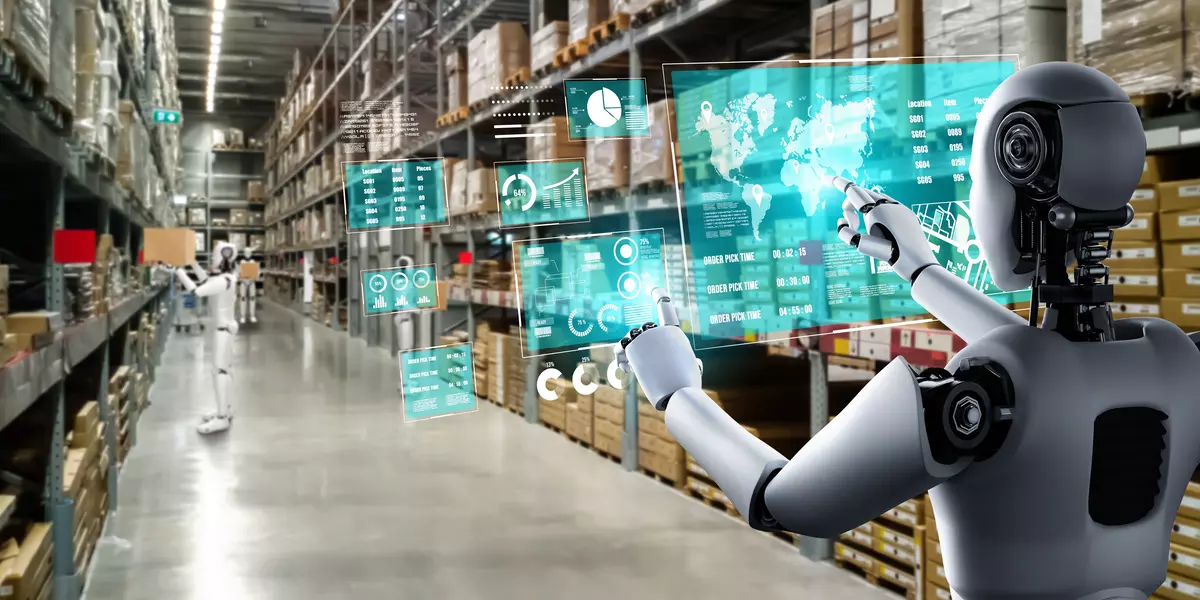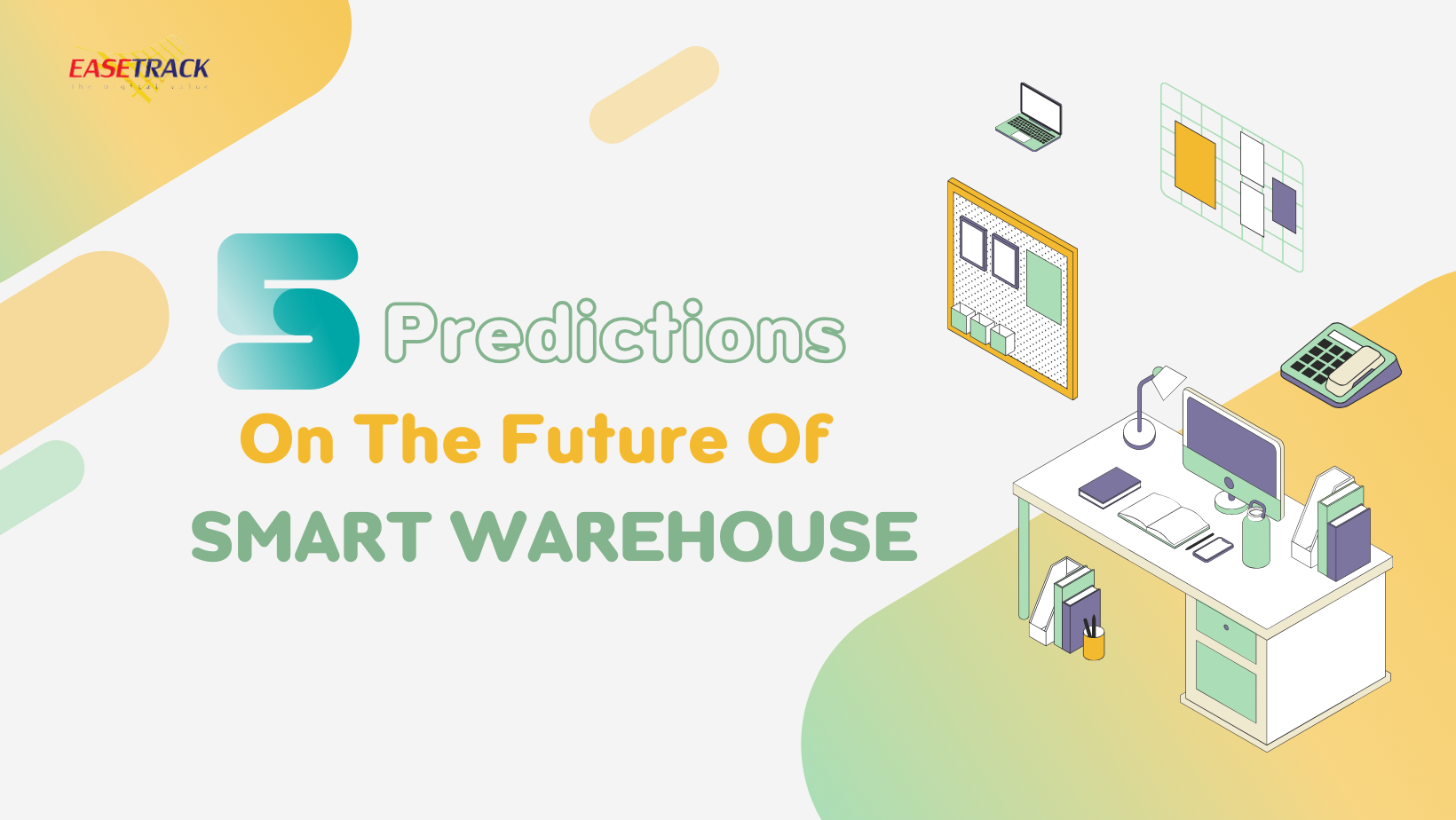
Five smart warehousing predictions
Warehousing and logistics is evolving from being a static component in the supply chain to an area ripe for smart transformation. Five predictions including robotics and predictive maintenance are highlighted.
2. Predictive Maintenance
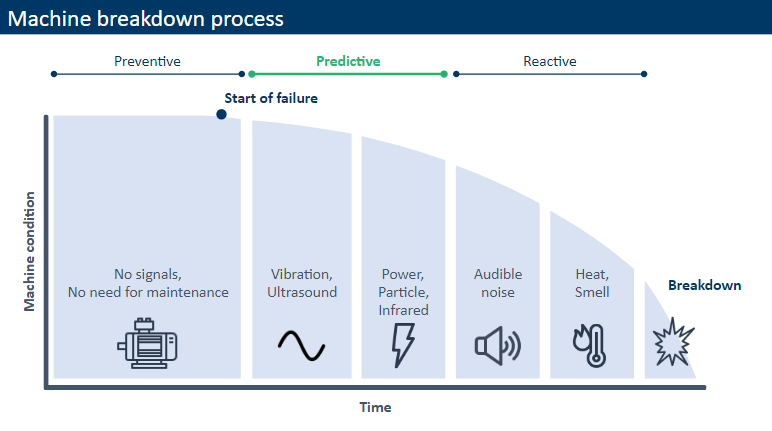
A mix of different technologies is impacting on the traditional idea of maintenance. Until the advent of the Internet of Things (IoT) and supporting technologies, maintenance had been a passive, reactive process: i.e. waiting for things to break, then fixing them.
Today a mix of technologies, including enterprise asset management (EAM), digital twins—exploded 3-D representations of objects and their components such as sensors, radio frequency identification (RFID) tags, smart supply chains, and AI are allowing organizations to gain unprecedented insight into the lifecycle of products, components, and even materials.
Using these and other technologies, objects can not only tell organizations when they need fixing, maintenance, or upgrade, but also predict when they’re likely to fail, enabling end-to-end lifecycle management.Warehouses around the world are increasingly adopting proactive maintenance processes so that costly and time-consuming equipment failures are less likely to happen. And, of course, the same processes can be used to protect perishable stock.
Eberhard Klotz, the head of the Industrie 4.0 division at Festo, said, “There will be comprehensive condition monitoring, which helps to avoid or reduce downtime and optimizes maintenance procedures and mobile maintenance.”
Essentially, the faster users can be made aware of an issue and analyzed, the faster a repair can be implemented before a minor issue becomes a major problem.
3. Warehousing on demand
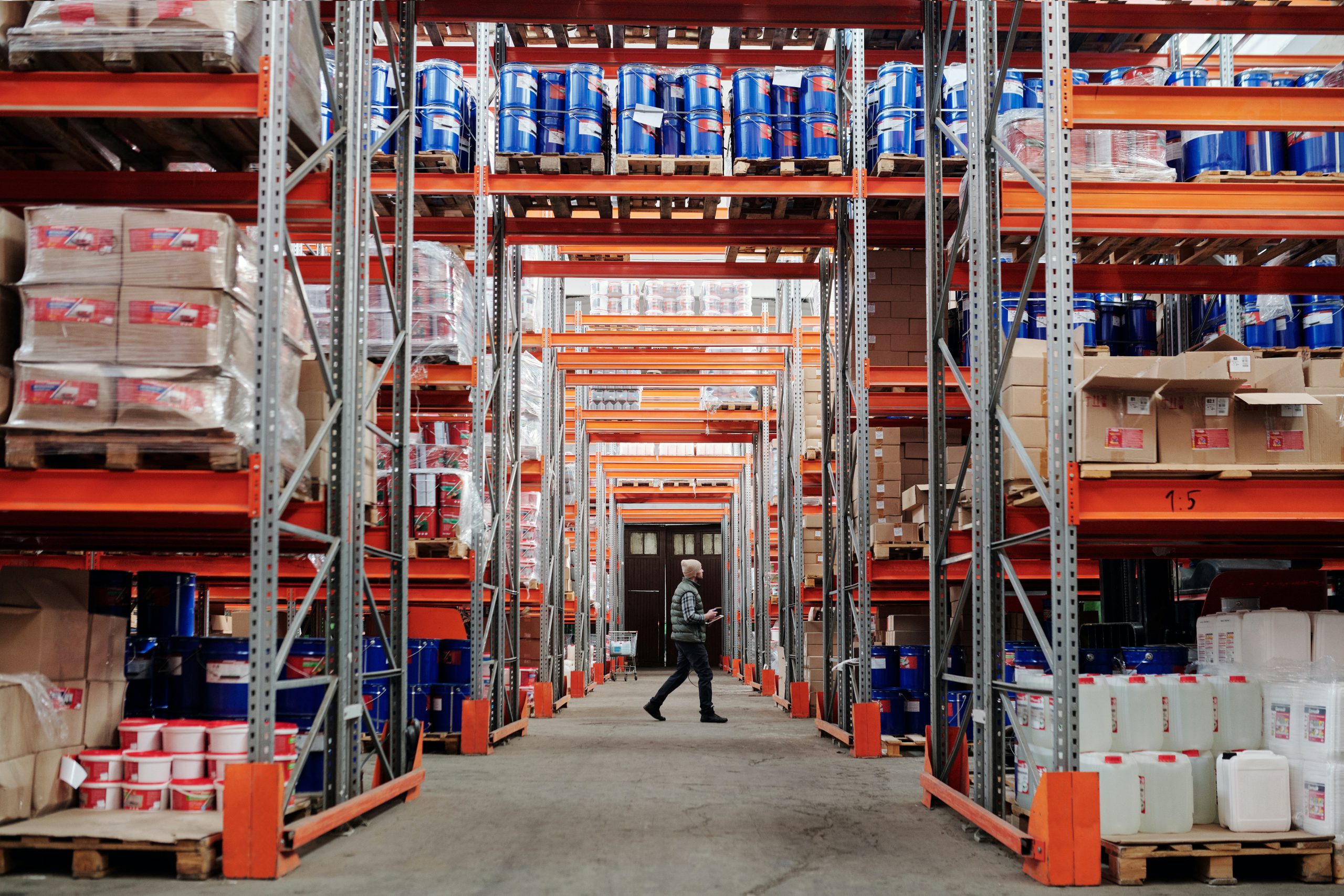
Most are familiar with how sharing-economy platforms and apps, such as Uber, Airbnb, and Laundrapp, have disrupted centuries-old sectors, such as personal transport, accommodation, and cleaning. What few people realize is the model is now being applied to industrial warehousing.
Startups in the US and the UK have created apps and cloud platforms that transform both the buy and sell sides of the market. They’re allowing warehouse owners to lease out spare capacity, and clients to rent it on-demand over timescales that range from days to months.
The idea might seem simple enough, but the implications could be transformative.
For example, organizations no longer need to think of warehousing in terms of massive regional hubs that require long-distance road haulage. Instead, they can now manage it as a national or international grid of smaller facilities that can be expanded or contracted on demand.
On the sell side of the equation, organizations no longer need to carry vast amounts of unused capacity that costs them money, especially when the economy is unpredictable. With these new on-demand platforms, unused space becomes a commercial asset.
In turn, the model could help regenerate brownfield sites and unused buildings, in the same way Airbnb has pushed people to invest in and renovate private accommodation.
“If you have it on a flexible model, you can just dial down your warehousing in line with your business needs and reduce your liability,” said Stowga CEO Charlie Pool. “From our customers’ perspective, in good times it allows them to be agile, move quickly, open a new market—or close a new market, which is equally important. They can test it, and if it doesn’t work out they can try it somewhere else.”
4. 3-D printing and collaborative robots (cobots)
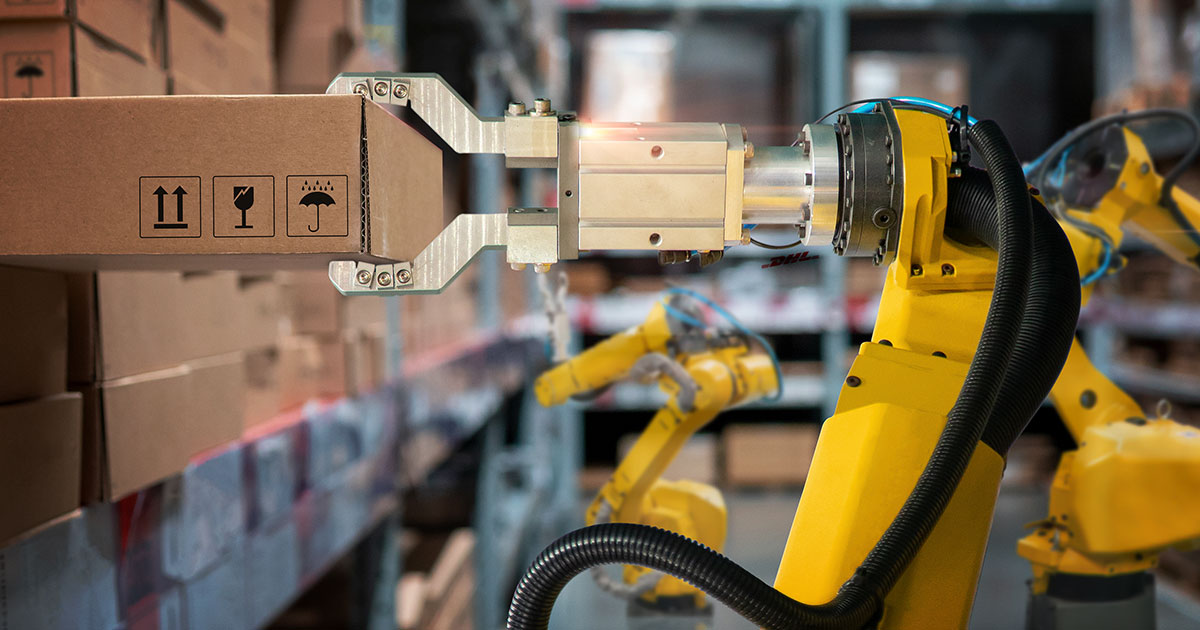
In the future, the distinctions between factory floor and warehouse may begin to disappear. Once some factories move away from monolithic, mass-production and distribution cycles. For example, some warehouses may become smaller, smarter, and more closely integrated with manufacturing, even as others follow the Alibaba model by becoming larger and more automated.
Technologies such as programmable cobots, which are designed to work alongside human beings, will be increasingly important in these cases, following the smartphone model by becoming programmable platforms for a range of process- or industry-specific apps.
3-D printing will be another ingredient in the mix. Most organizations are familiar with the concept of using this emergent technology for small, specialized projects. However, some Industrie 4.0 analysts believe that 3-D printing will become an increasingly important tool on a larger scale.
Andrew Hughes, a principal analyst at LNS Research, sees a prominent role for 3-D printing in rapid fulfillment: “3-D printing brings design, manufacturing, and service flexibility to many industries,” he says. “As speed, quality, and materials improve, those that exploit the new possibilities will be the winners. What you make today is a limiting factor for most manufacturers, but we are already seeing ‘manufacturing hubs’, where a facility can produce items to order for an enormous variety of customers and deliver in a short timescale.”
Hughes added, “Manufacturing really is becoming a critical part of the supply chain and logistics. Print-to-order manufacturing flexibility means having the right printers, materials, and designs ready for any customer order. It brings us back to the fact that Industry 4.0 is, in fact, all about data.”
5. IoT standards and regulations
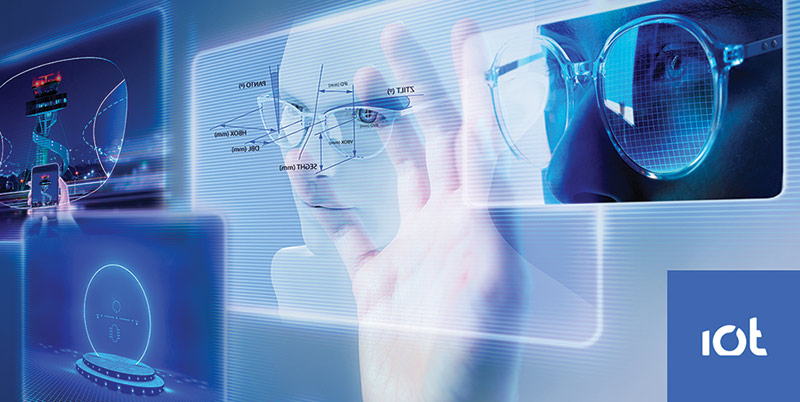
Today’s smart warehouses are increasingly rolling out transformation strategies that deploy sensors connected to the IoT—so robots, workers, managers, and even smart vehicles know the location of every item and can track them on their journeys.
As Kristi Montgomery, VP of innovation at Kenco Innovation Labs, pointed out, no standards yet define how IoT devices should communicate with each other, or store and process information.
She thinks that will change, and soon: “The promise of IoT is disrupting all industries, and it seems like the future is bright. The emergence of IoT is an amazing thing for supply chain executives. And it’s especially exciting as the enabling technology is becoming less expensive and more readily available, meaning that large-scale deployments are now possible.
“However, despite all the excitement and possibilities, some real roadblocks remain, namely, IoT technology is like the Wild West: there are no existing standards,” she added. “These will define how IoT devices will communicate and how data will be collected, processed, handled, stored, and summarized. Those concerns extend from 2018 into the future, as companies work to establish a regulatory standard, though nothing has emerged yet.”
Credit : controleng.com
